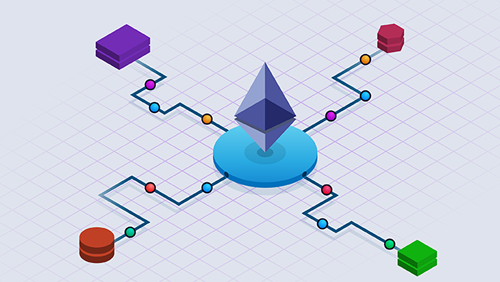
Building a Stronger Ethereum Network: Node Configuration Tips
Using the increasing popularity of cryptocurrencies, it is very important have a good understanding of how various electronic foreign currencies as well as their primary networking sites operate. Ethereum is just one these kinds of network that has grabbed the eye of technology fans, developers, and investors worldwide. Nonetheless, to leverage the full probable of Ethereum, it’s crucial that you know how nodes work on the Ethereum community. This article aims to supply a extensive clarification of Ethereum node operations.
Precisely what is an Ethereum Node?
An ethreum node is largely a reason for the dispersed network that is responsible for synchronizing and validating transactions and smart deals. This is a software program that runs using a user’s device and hooks up for the Ethereum group online. Nodes are classified into two classes: Complete Nodes and lightweight Nodes, and both assist various uses.
Whole nodes:
Full nodes in the Ethereum network will be the spine in the group. They retailer each of the purchase information, wise contract rule, and also the most up-to-date state of your Ethereum blockchain. Full nodes demand higher storage and storage solutions to perform effectively. By using a whole node provides the greatest level of stability when interacting with the Ethereum community.
Light nodes:
Gentle nodes, also referred to as fast sync nodes, function by accessing some parts of the Ethereum blockchain data through pre-existing complete nodes in the network. They do not keep the overall blockchain data, making them less protect when compared with total nodes. Gentle nodes demand a lot less storing and are simpler to setup, which makes them a perfect selection for beginners.
How to put together an Ethereum Node?
Setting up an Ethereum node is just not as difficult as it can certainly appear to be. To setup a node, you need to choose whether you need to use a complete or a lighting node. Then you will want to obtain and get a compatible Ethereum customer for example Geth, Parity, or OpenEthereum. When you have set up the buyer of your choice, you may then start syncing with all the Ethereum network.
Syncing together with the Ethereum System:
Syncing your node together with the Ethereum community may take from a few momemts to many days, dependant upon the type of node you possess preferred as well as the pace of your own internet access. As soon as your node is synced and coupled to the Ethereum system, it can be used to deliver or obtain transactions, deploy and connect to wise agreements, and also my own Ethereum.
Handling your Node:
Managing your Ethereum node is very important to guarantee optimum functionality and protection. Typical routine maintenance jobs such as taking care of the blockchain information and updating the buyer model will help make your node running effectively. Many resources including Etherchain, EtherScan, and MyEtherWallet can be used to check your node’s performance and handle it remotely.
short:
As you can see, learning how Ethereum node functioning functions is vital for everyone planning to connect with the Ethereum community. Understanding the distinctions between whole nodes and lightweight nodes, how to create your node, syncing your node with the group, and handling your node are important techniques towards understanding Ethereum. Following the methods defined with this manual, you may be far better able to connect to the Ethereum group and unlock its probable.